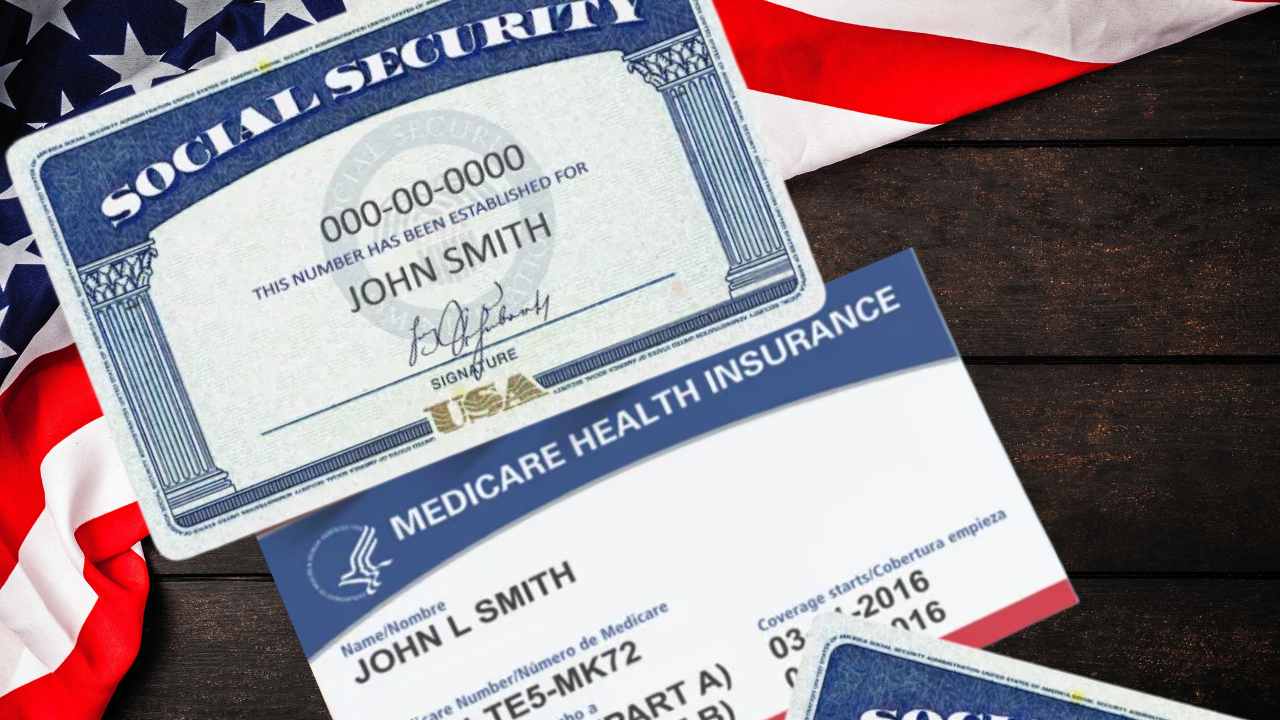When a person turns 65 years old, and is already claiming Social Security benefits, a predetermined administrative protocol is put into effect. The Social Security Administration electronically transfers the beneficiary’s data to the Centers for Medicare and Medicaid Services (CMS).
This exchange of information enables automatic enrollment in Medicare Parts A and B, requiring no additional action on the part of the individual. The system is designed to ensure timely access to health coverage for participants in federal programs.
Automatic Medicare Enrollment at 65: What You Must Know
The physical documentation arrives approximately 90 days before the beneficiary’s 65th birthday. The beneficiary receives a Medicare card in the mail, identifiable by its red, white, and blue color scheme. This official notification details the exact effective dates for Part A and Part B.
The mailing includes precise guidelines on how to decline Part B if the beneficiary has other active health coverage. Scrutiny of this document is crucial, given that the choices affect monthly out-of-pocket expenses and the extent of health coverage.
Medicare Part A focuses on services related to hospitalization and institutional care. Its scope includes hospitalizations in general or specialty hospitals, temporary stays in skilled nursing facilities for post-hospital rehabilitation, hospice care for the terminally ill, and certain home health services prescribed by a qualified physician. For most beneficiaries with a work history equivalent to 40 quarters (10 years), this section does not generate monthly premiums, although copayments and deductibles apply based on the services used.
Medicare Part B provides coverage for outpatient medical care. This includes visits with medical professionals, preventive services such as mammograms or colonoscopies, clinical laboratory tests, diagnostic imaging tests, physical or occupational rehabilitation therapies, durable medical equipment, and specific influenza or pneumonia vaccines. Unlike Part A, Part B requires a monthly premium. This amount is calculated based on reported income and is usually deducted directly from Social Security benefits.
How to Decline Medicare Part B Without Penalty
People with current alternative health coverage—such as employer-based group plans, union insurance, or coverage derived from an employed spouse—can choose to temporarily decline Medicare Part B. This option eliminates the monthly premium obligation as long as equivalent coverage exists.
However, if Part B is subsequently applied for without having creditable group coverage (recognized as equivalent by Medicare), a permanent financial penalty will be imposed. This penalty increases the base premium by 10% for each full 12-month period without creditable coverage after initial eligibility.
Enrollment without paperwork at age 65 ensures continuity of care. It avoids gaps in coverage between the termination of private insurance and the activation of Medicare, a critical factor for people with ongoing medical treatment. It also prevents the application of Part B late enrollment penalties, which are permanently added to the premium. Immediate activation also allows for immediate enrollment in Medicare Advantage plans (Part C) or prescription drug plans (Part D), subject to their own enrollment schedules.
This mechanism protects the retired population against interruptions in essential health services. It facilitates advance financial planning by establishing predictable costs linked to premiums and copayments. Interagency coordination between Social Security and CMS serves as a safety net for older adults, a demographic group with high utilization of medical services. Administrative efficiency reduces bureaucratic hurdles at a vital stage that often involves complex transitions within the health system.







